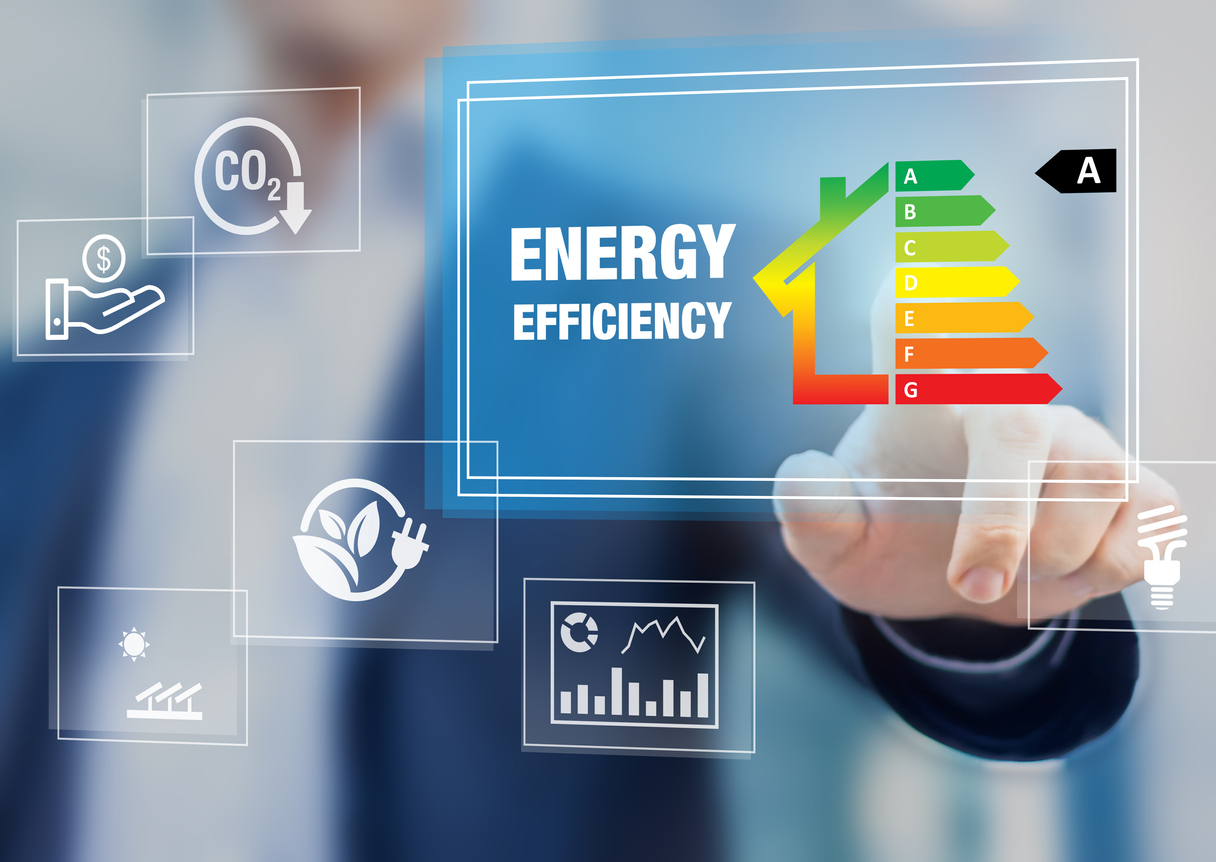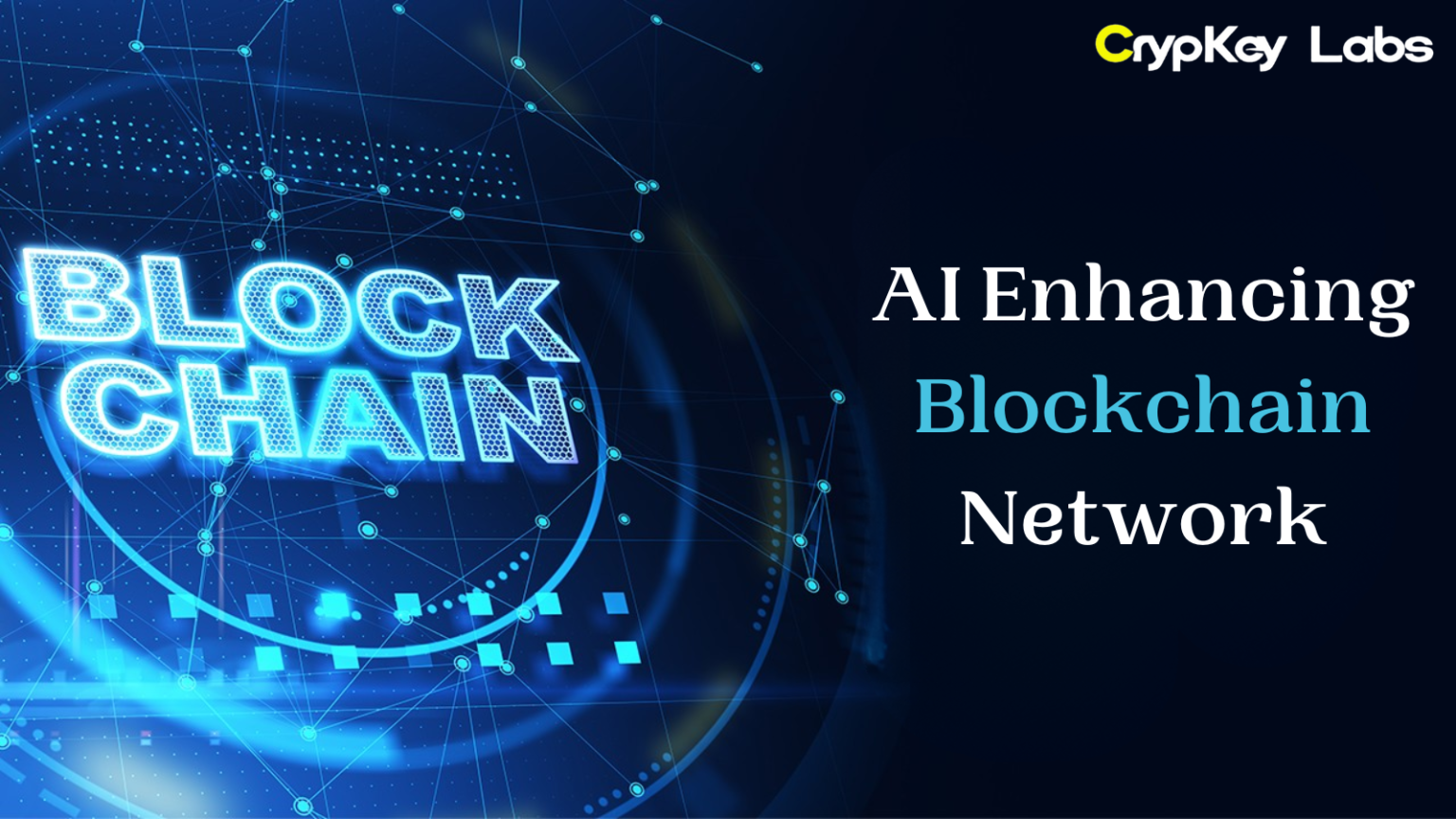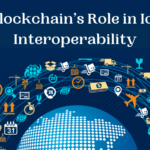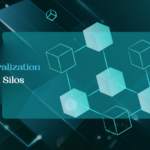Blockchain technology has transformed industries with its ability to provide decentralized, secure, and transparent systems. Yet, as its adoption grows, so do the challenges: scalability, energy inefficiency, and data processing. Enter artificial intelligence (AI), a technology that’s revolutionizing countless fields with its ability to analyze, optimize, and learn. When AI meets blockchain, it creates a powerful synergy capable of unlocking unprecedented potential.
In this blog, we’ll explore how AI enhances blockchain networks, addressing current challenges while paving the way for innovation.
Understanding the Basics
How Blockchain Works
At its core, blockchain is a distributed ledger technology that records transactions across a network of computers. Its key features include:
- Decentralization: No single entity controls the network.
- Transparency: Every transaction is publicly visible.
- Security: Advanced cryptographic methods protect data.
Despite these benefits, blockchain faces challenges such as limited scalability, high energy consumption, and slow transaction processing. This is where AI comes in, providing solutions to many of these hurdles.
What AI Brings to the Table
AI specializes in making sense of complex data and automating processes. It thrives in areas like:
- Data Analysis: Identifying patterns and insights in large datasets.
- Prediction: Forecasting trends and outcomes.
- Automation: Reducing human error and speeding up processes.
By integrating AI, blockchain can overcome its current limitations while unlocking new capabilities.
How AI Enhances Blockchain Networks
1. Optimizing Blockchain Performance
Blockchain networks often struggle with scalability due to the high computational demands of processing transactions. AI can streamline these processes:
- Improved Transaction Speed: AI algorithms predict network congestion and optimize resource allocation, enabling faster transaction verification.
- Smart Contract Optimization: Smart contracts are self-executing agreements on blockchain. AI ensures they are more efficient, secure, and bug-free by analyzing and refining code.
2. Enhancing Security and Fraud Detection
While blockchain is inherently secure, no system is immune to threats. AI steps in as a vigilant guardian:
- Identifying Suspicious Patterns: AI models analyze transaction data in real time, flagging anomalies that could indicate fraud or cyberattacks.
- Real-Time Monitoring: Continuous AI-driven surveillance ensures that any potential breach is detected and mitigated promptly.
3. Data Management and Storage
One of blockchain’s bottlenecks is managing the enormous volume of data it generates. AI offers innovative solutions:
- Data Compression: AI algorithms reduce the size of blockchain data, making it easier to store and transfer without compromising integrity.
- Streamlined Validation: AI accelerates the data validation process, ensuring blockchain networks remain fast and reliable.
4. Energy Efficiency and Sustainability
Blockchain mining, especially for cryptocurrencies, is notorious for its energy consumption. AI plays a pivotal role in addressing this issue:
- Optimizing Mining Operations: AI models predict the most efficient times for mining, minimizing energy usage.
- Energy-Efficient Algorithms: By dynamically adjusting computational power, AI reduces the environmental impact of blockchain activities.
5. Boosting Interoperability
Interoperability—the ability for different blockchains to communicate—is vital for widespread adoption. AI facilitates this:
- Cross-Chain Communication: AI acts as a translator, enabling seamless data exchange between blockchains with different protocols.
- Integrating Other Technologies: AI helps blockchain networks interface with IoT devices, cloud platforms, and traditional systems.
Real-World Applications of AI and Blockchain Synergy
The combination of AI and blockchain is already making waves across various industries. Let’s look at some real-world examples:
- Healthcare Solutions: Blockchain secures patient records, while AI analyzes data for early diagnosis and personalized treatment.
- Supply Chain Transparency: Blockchain tracks every step of a product’s journey, while AI predicts demand and optimizes logistics.
- Financial Systems: AI enhances fraud detection by analyzing blockchain transactions, ensuring a more secure financial ecosystem.
- Decentralized Identity Management: Blockchain protects user identity, and AI simplifies verification processes, making systems more user-friendly.
Future of AI-Driven Blockchain Networks
Predictions for Innovation
The integration of AI into blockchain is still in its early stages, but the potential is vast:
- AI-Governed Blockchain Networks: Fully automated systems where AI oversees transaction validation, security, and scalability.
- Advanced Smart Contracts: AI-enabled contracts that learn from data to improve their functionality over time.
- Autonomous Organizations: Decentralized entities driven by blockchain and AI, operating without human intervention.
Impact Across Industries
From finance to healthcare to supply chain management, every sector stands to benefit from this powerful duo. AI and blockchain together promise greater efficiency, security, and innovation.
Challenges to Overcome
However, this synergy isn’t without its hurdles:
- Privacy Concerns: Using AI on blockchain data must balance innovation with respecting user privacy.
- Algorithmic Bias: AI models need to be free of bias to ensure fair and reliable outcomes.
- Scalability Issues: Despite AI’s capabilities, integrating it with blockchain can initially add complexity.
Conclusion
The partnership between AI and blockchain represents a technological leap forward. AI addresses blockchain’s pain points, from scalability and energy consumption to security and data management. Together, they create a more efficient, secure, and innovative ecosystem that can revolutionize industries worldwide.
As we look to the future, the collaboration between these two transformative technologies will shape how we interact with data, build trust, and achieve sustainability. It’s an exciting time to witness the evolution of AI-driven blockchain networks—a future where the possibilities are limitless.







